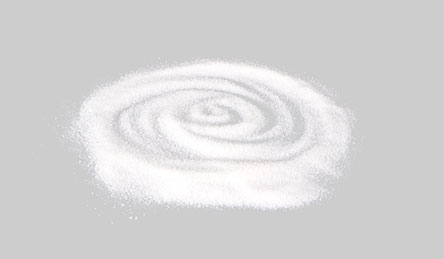
Search


Ink is a uniform and stable dispersion system composed of colorants, binders, and various additives. Colorants are the main body of ink composition, which give printed products rich and colorful tones and also provide certain rheological properties.
Binders are the carrier of pigment particles, which ensure uniform dispersion of pigment particles, and also play a role in transferring the colorant to the surface of the printed matter and fixing it, making the ink flowable and printable. Binders are also a kind of film-forming substance, affecting the drying and quality of ink.
Additives are added to improve the performance of the ink, so that it can meet various printing conditions. Specialty waxes including polyethylene wax, polytetrafluoroethylene wax, and fischer tropsch wax are used in ink, which generally act as friction-resistant additives and can change the working properties of the ink, improving its slip and wear resistance.
The friction resistance of wax mainly depends on its particle size and hardness. Waxes used in ink are mainly micro-powder products with spherical particles and low surface tension. The particle size of wax should be as small as possible to ensure that there are no adverse effects during production and no problems during printing.
Wax needs to float on the ink film layer after printing onto the substrate. Once the printed product generates heat due to friction under external pressure, the wax particles will roll and increase their friction resistance. The addition of wax in ink must be moderate. Adding too much may affect the flow, transfer, and gloss of the ink.
Bottle craft is a type of craft made by placing flowers, fruits, transparent liquids, and other decorations inside a glass bottle. In order to prevent liquid from leaking out of bottle craft, dedicated sealing wax is usually used to seal the bottle craft. During the production of bottle craft, dedicated sealing wax needs to have strong adhesion, smooth surface, no cracks, and do not easily break under external force.
Considering the above requirements, dedicated sealing wax for bottle craft must meet the following specifications: melting point below 70°C, no smoke during use, rapid solidification, easy to realize continuous, automated, and high-speed operation, good filming performance, strong adhesion, certain hardness and toughness, and low price.
In order to reduce the cracks in the dedicated sealing wax for bottle craft and improve the fragility and hardness defects, a small amount of low-melting wax with high isoparaffin content, large needle penetration, high toughness and flexibility, and good low-temperature resistance is usually added.
Thermostatic valves are widely used in automatic control equipment for temperature and flow. The core component of thermostatic valves is temperature-sensitive components filled with wax, which determines the temperature control range and temperature control accuracy of the thermostatic valves. The selection of melting point range of wax as a temperature-sensitive filling medium should be appropriate.
The principle is that as the molecular distance of the wax increases in the phase change temperature range, the volume expands, which will drive the components to change the flow rate of cold and hot fluids, ensuring that the temperature of the fluid at the outlet of the pipeline remains constant. Temperature-sensitive wax used in thermostats requires strict temperature control before and after phase change, rapid response to temperature changes, large volume changes, and precise control of valve stem travel.
The main factors affecting the expansion rate of temperature-sensitive wax in application are the melting point and melting range. In addition, the expansion rate of isoparaffin is generally lower than that of normal paraffin with the same carbon number. Temperature-sensitive wax requires a composition mainly of normal paraffin.
At King Honor, we are driven by a passion for innovation and excellence. As a dynamic and forward-thinking company, we welcome collaborations with like-minded partners who share our vision for creating cutting-edge solutions that make a positive impact.